Beasts
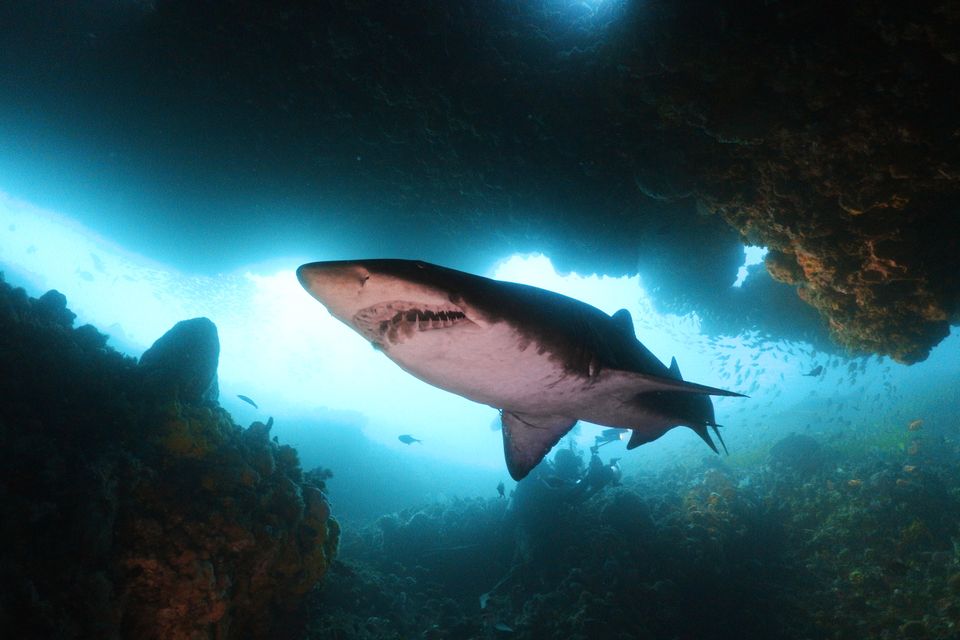
The ocean is full of wonderful animals - some of which are bigger than divers. This week we feature two adventures with slightly different fear factors: diving Shark Cave off Rottnest Island, and snorkelling with the sea lions off Carnac Island's eastern beach.
Shark Cave, Rottnest
Rottnest. Depth 25m. Advanced Dive.
Boat dive in low swell (less than a metre).
Grey nurse sharks are gentle giants, growing to over 3m long. They can be found all along the coast - usually near rocky caves. Shark Cave is one of the most reliable spots for them near Perth. If you are lucky, you may see several sharks at once.
Dive charters visit when the weather is good - it is located off the west end of Rottnest Island and is very exposed, so you need low swells to dive it safely. The main entrance is through a small hole in the reef at about 15m depth. Descend through it carefully, and look around for sharks. The bottom of the cave is at 25m depth, so this is your excuse to get your Advanced Open Water Diver certification.
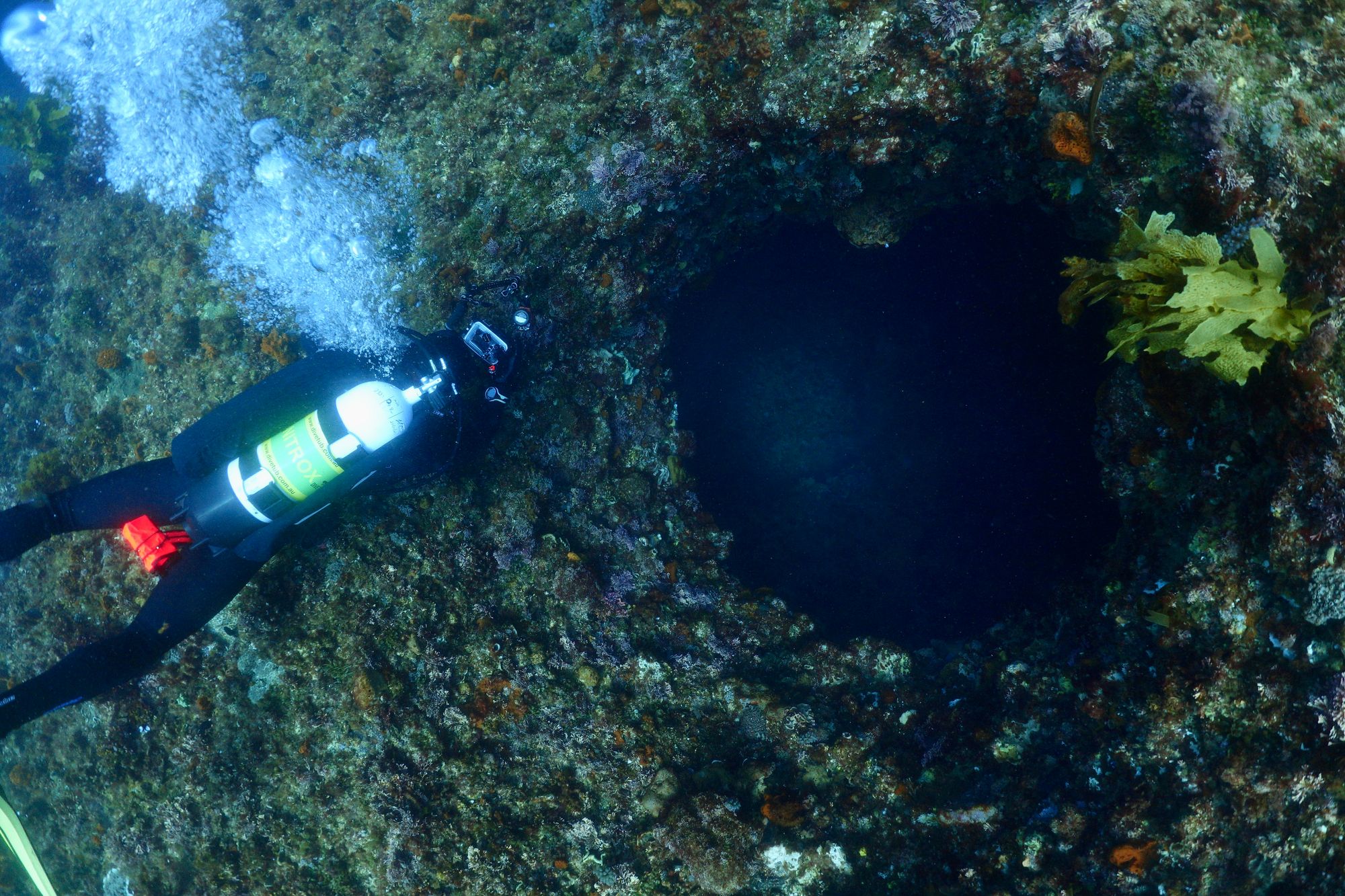
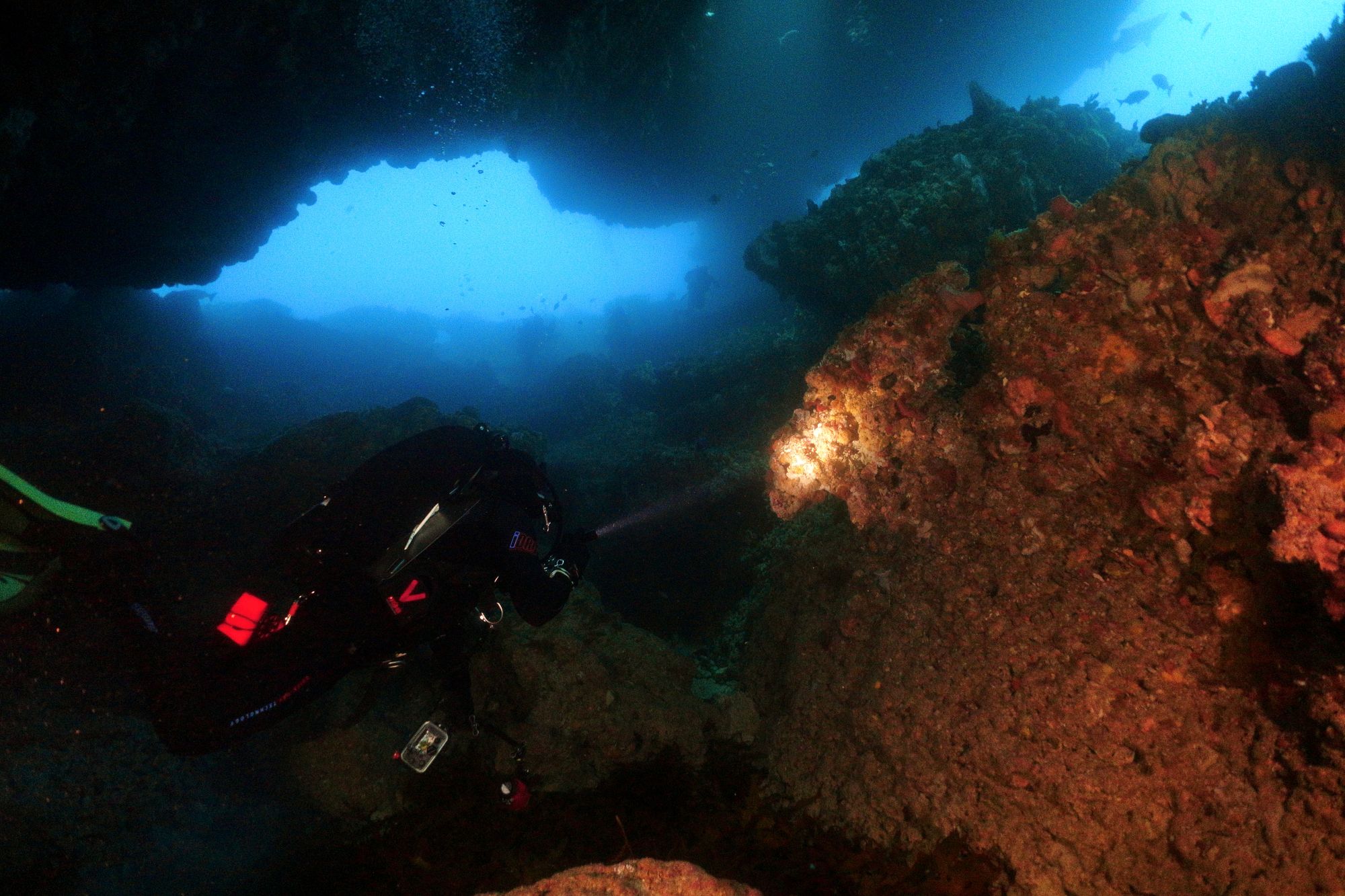
The silhouette of a grey nurse is instantly recognisable, with a long heterocercal tail. As they come closer, their teeth look fearsome - but they are for eating little fish, not humans. They can bite - but just don't annoy them, and you will be fine.
They swim slowly, until they decide not to. Most of the time they float in place, using their enormous oily liver to control their buoyancy. However, with one flick of the tail they can be gone. My biggest fear is getting whacked by one accidentally, and having to explain that I was slapped by a shark. Note they are quite skittish - so you should get there early, and make sure to keep your distance so they stick around for the divers after you.
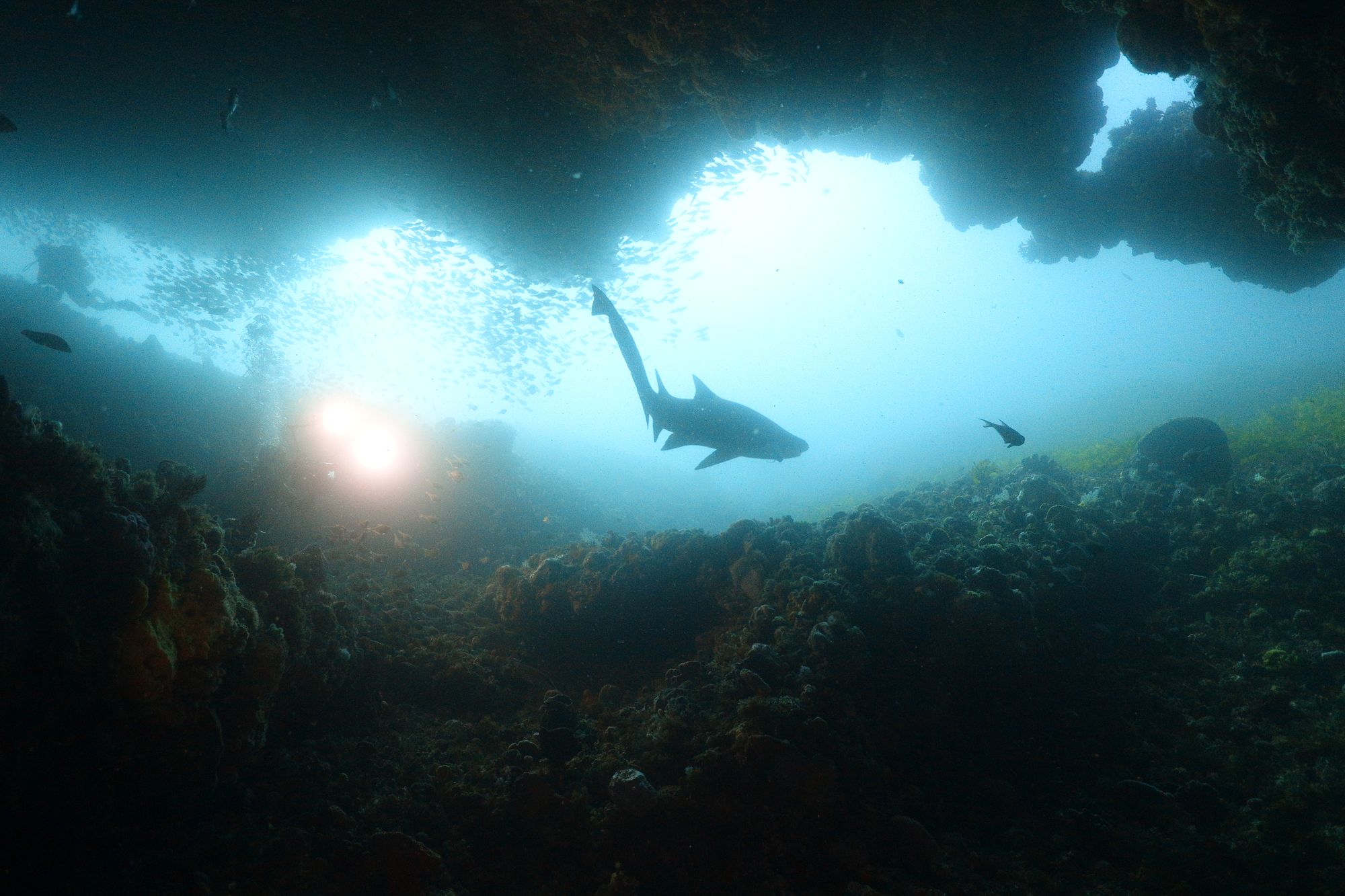
Photographing the sharks
Having extra light is important for photographing the sharks properly. My first Instagram shots were lit with a small 1,200 lumen hand torch, which was enough to fill in the detail of the sharks. Later I returned with two 4,000-lumen lights, and that made a huge difference - you can clearly see the spots that identify each individual.
If you are patient and gentle, the sharks will cruise right by you. Try and position yourself so they swim over the top of you to get a shot of their iconic teeth. A little bit of light goes a long way here.
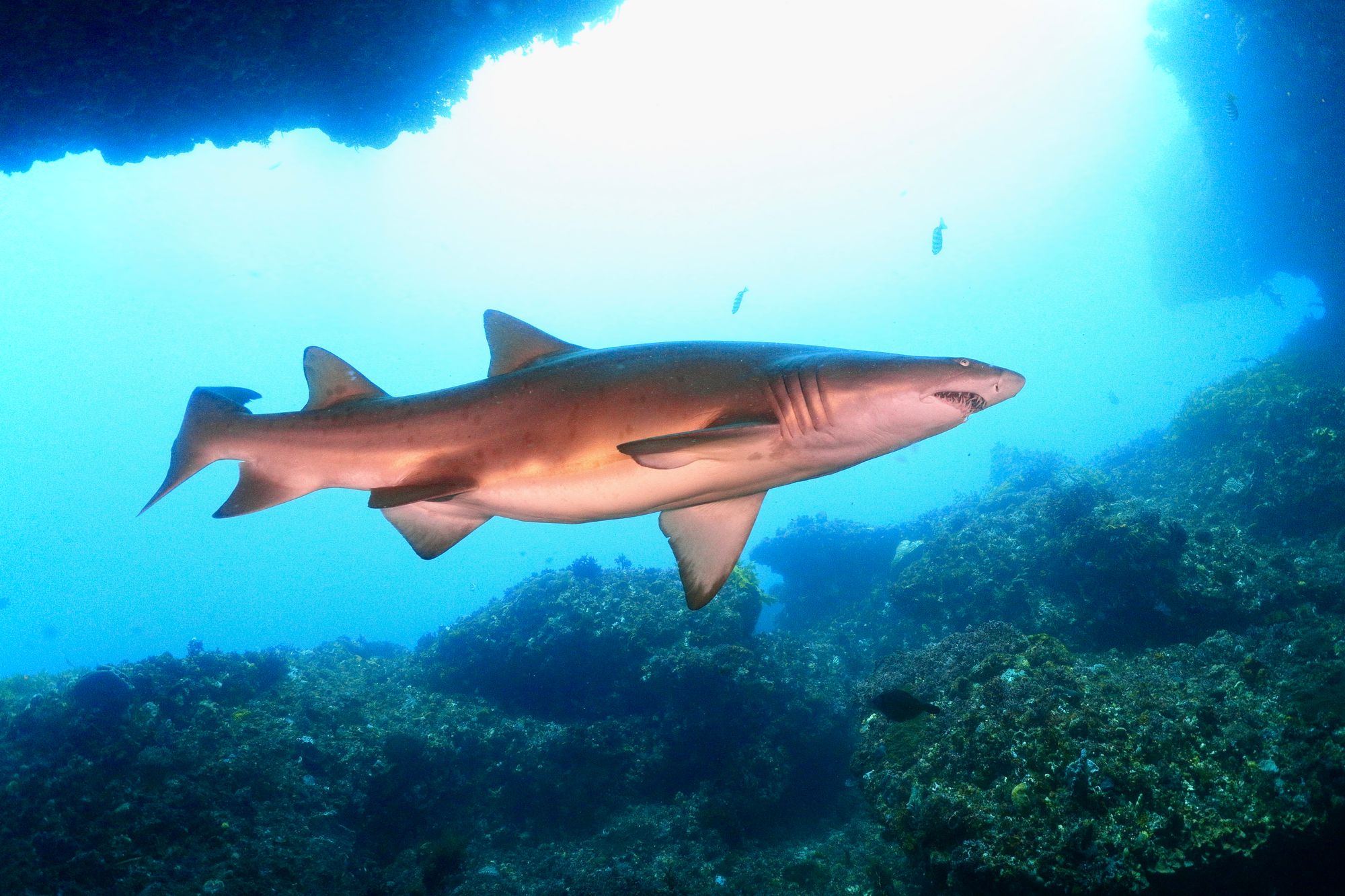
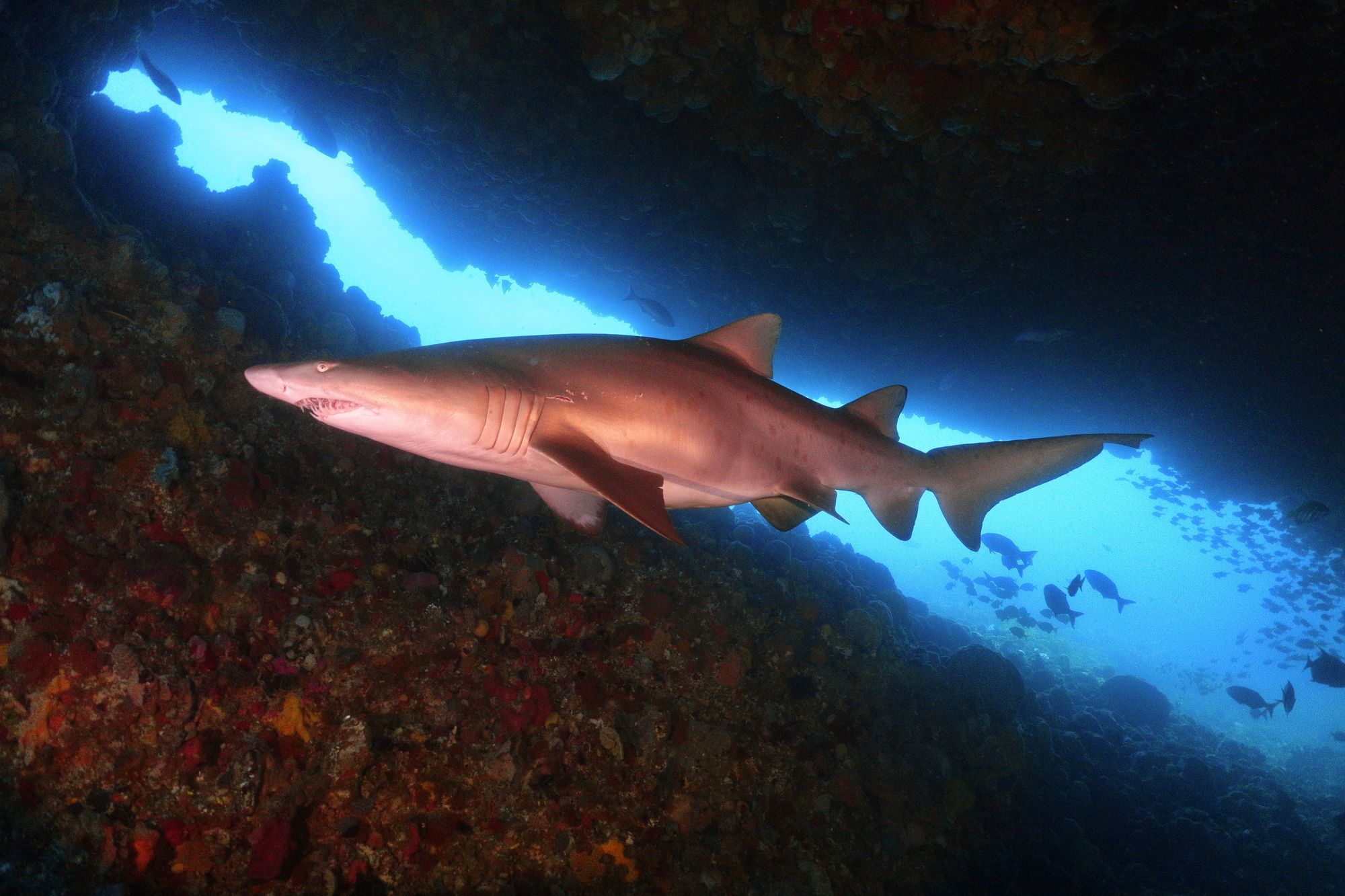
Make sure to get a few in natural light as well, with the sharks silhouetted against the opening of the cave. Have your dive buddy turn their torch on, which will make them stand out in photographs, and give a sense of scale to the enormous space.
Sea Lions of Carnac Island
Carnac Island. Depth 3m. Snorkel.
Boat access, well protected from westerly winds.
The eastern beach of Carnac Island is a great place to swim with Australian sea lions. They are playful, and will often approach you in the water. There is nothing quite like trying to keep up as they race around you, splashing and leaping.
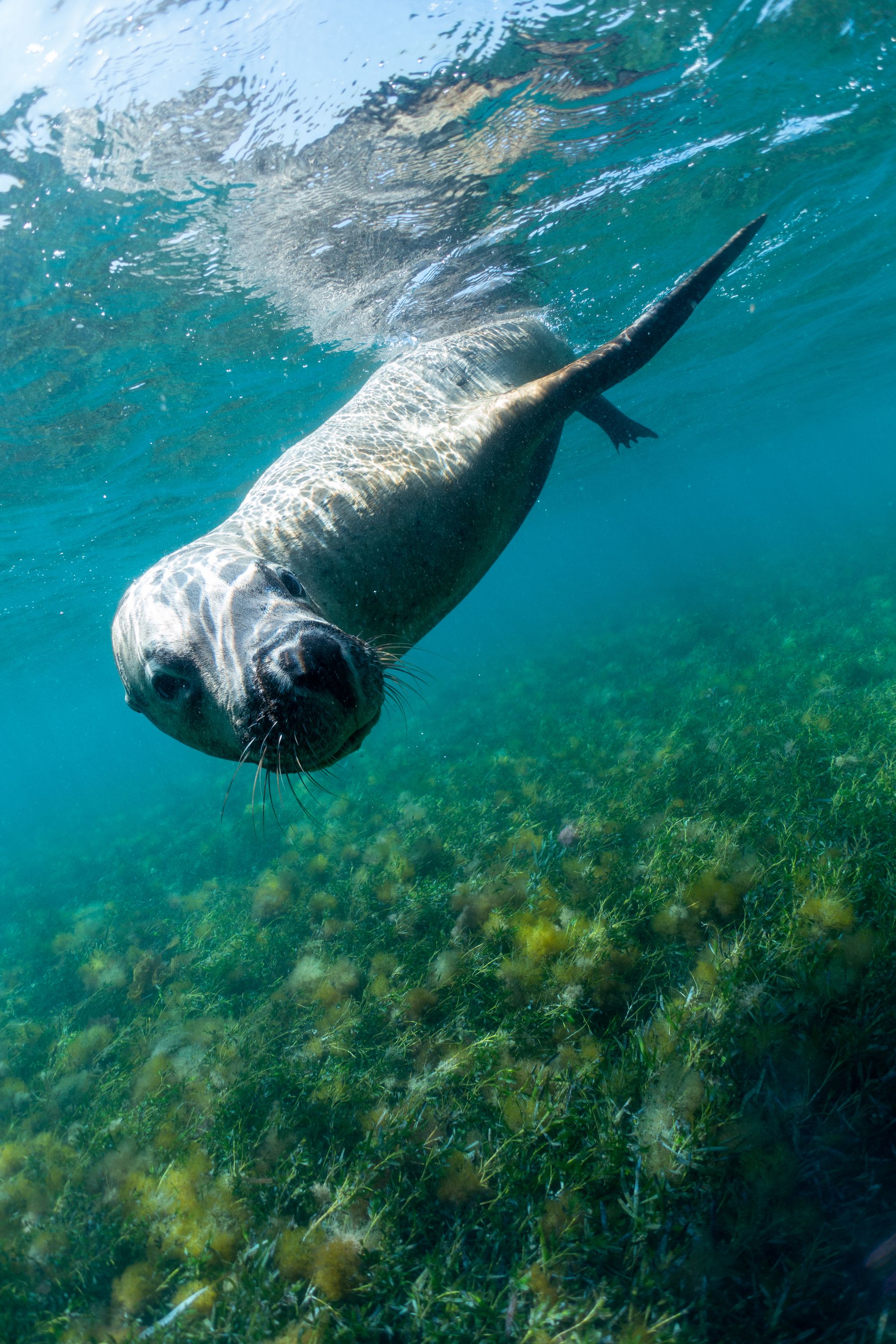
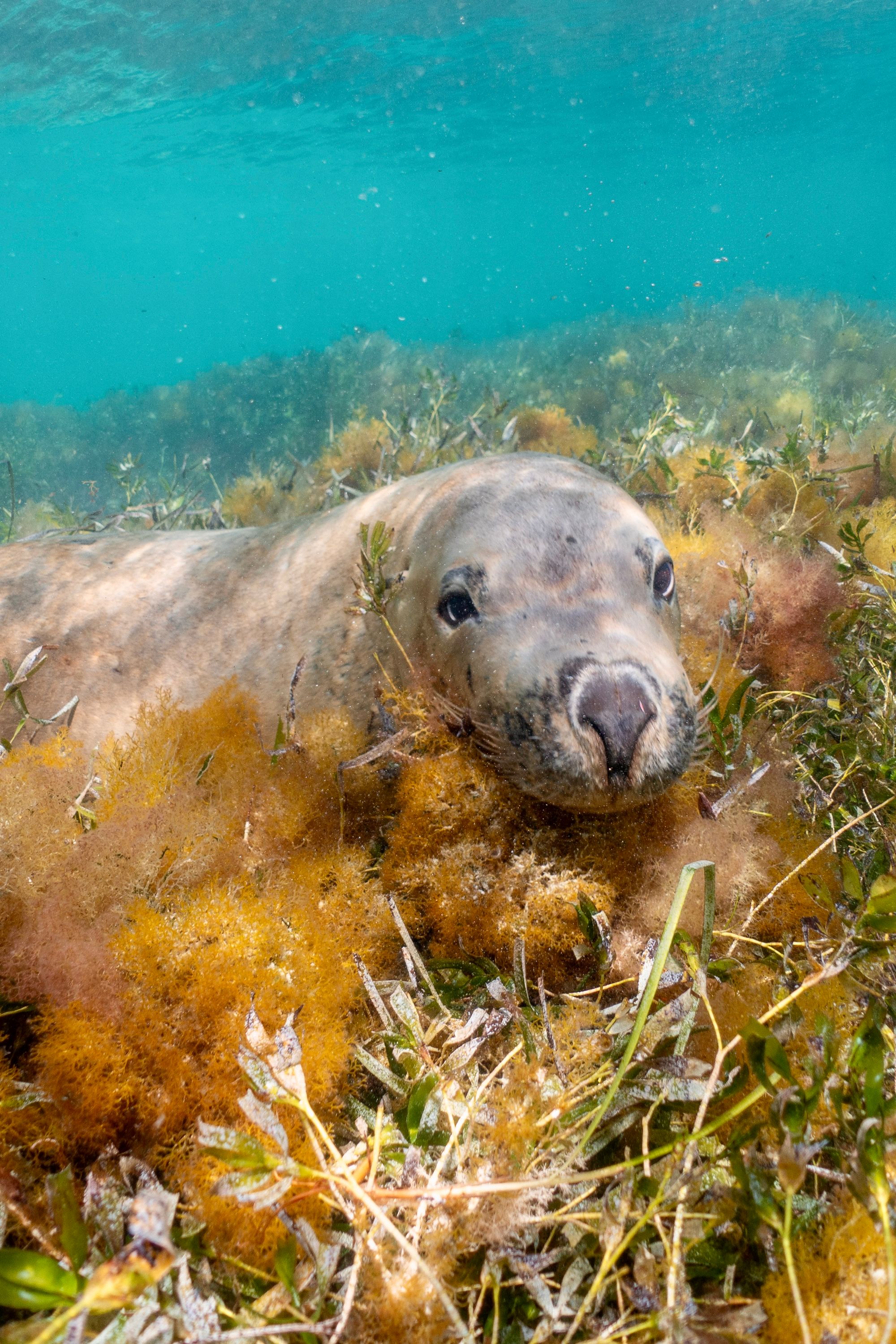
This is an easy snorkel in just a few metres of water, but you need a boat to access the island. There are beaches on the eastern and western sides, but I've only snorkelled on the east. You can anchor in the shallow bay just off the beach, and swim in from there. It's a much shorter trip than Rottnest, and offers comparable snorkelling.
On a safety note: respect their personal space. Do not get too close, and definitely do not approach them on land. If you get bitten, that will be very embarrassing.
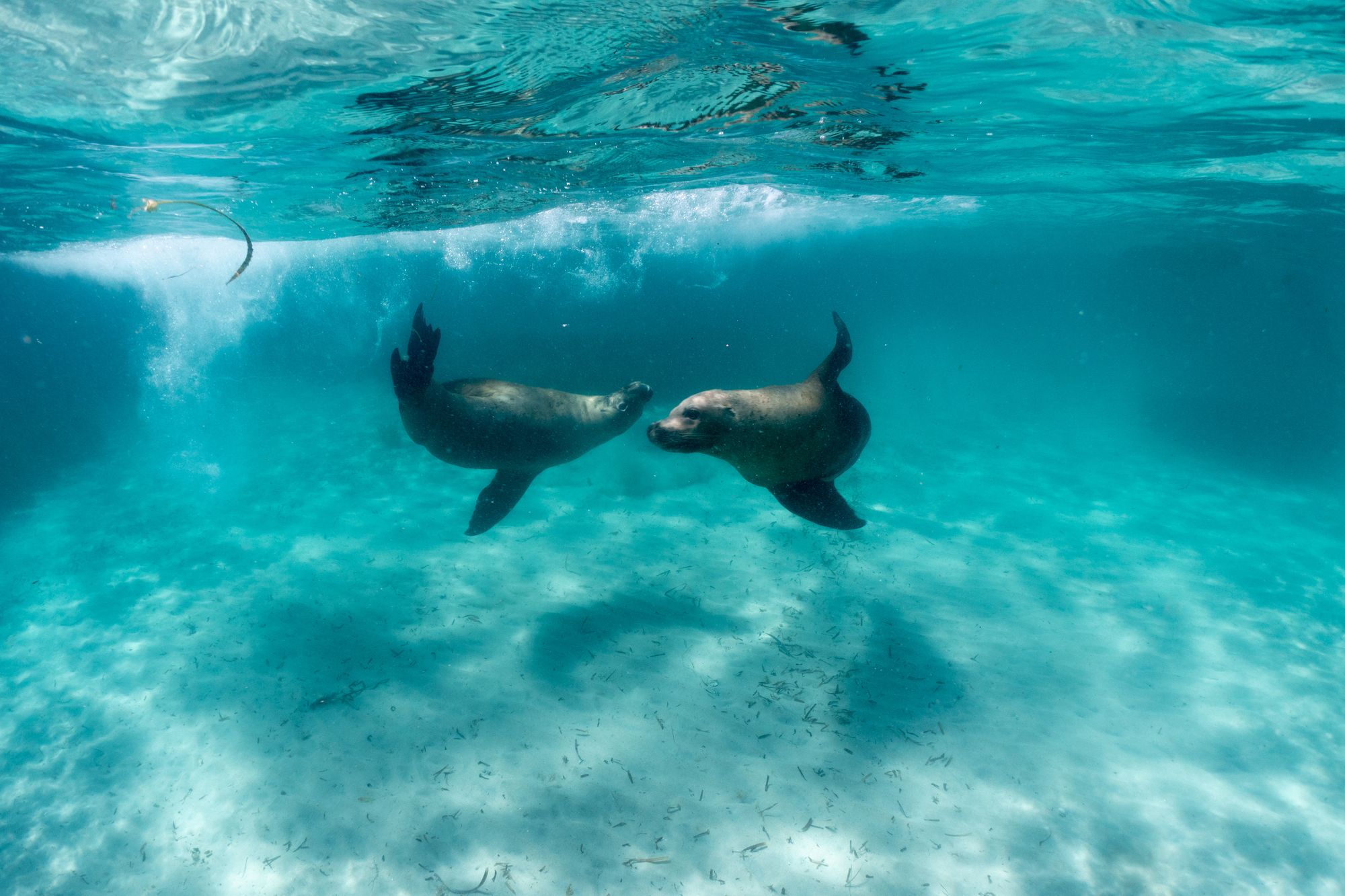
Every Thursday this summer I will be writing about one dive and one snorkel site around Perth.
If you want some smaller animals, you'll prefer next week's theme: 'Creatures'.
Subscribe to the newsletter so you don't miss it.
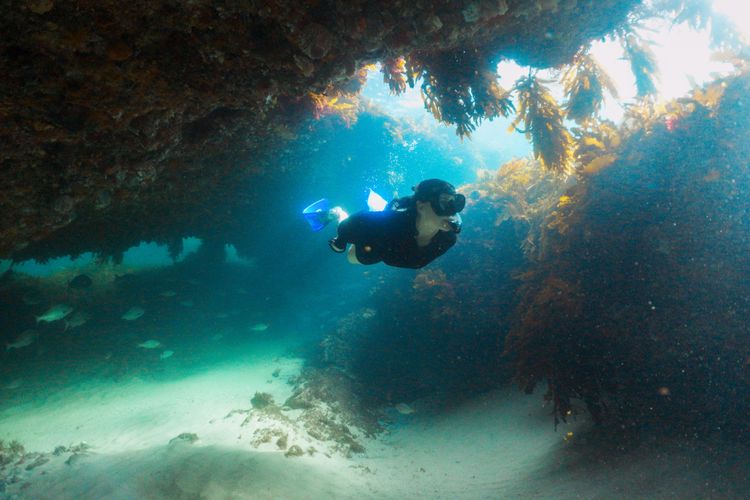
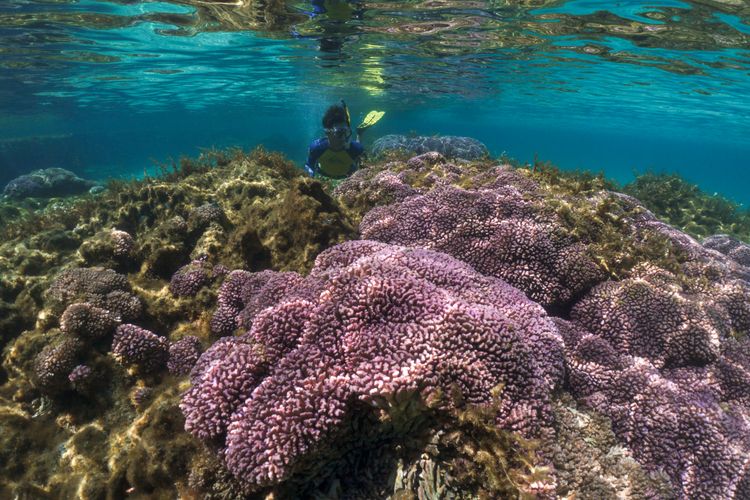
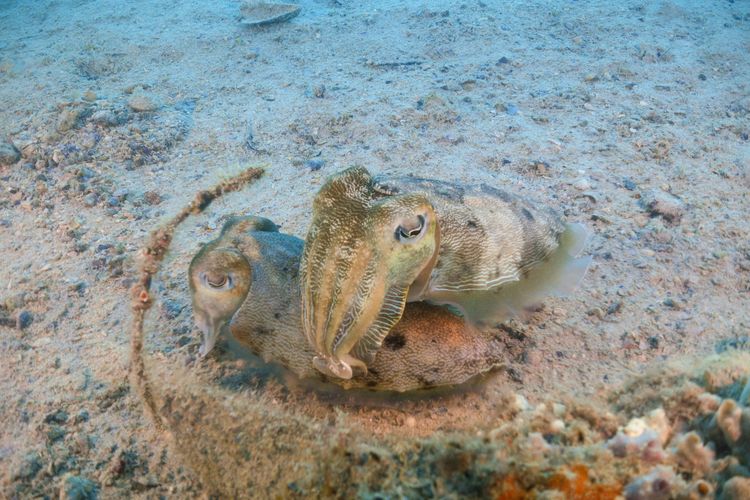
Comments ()